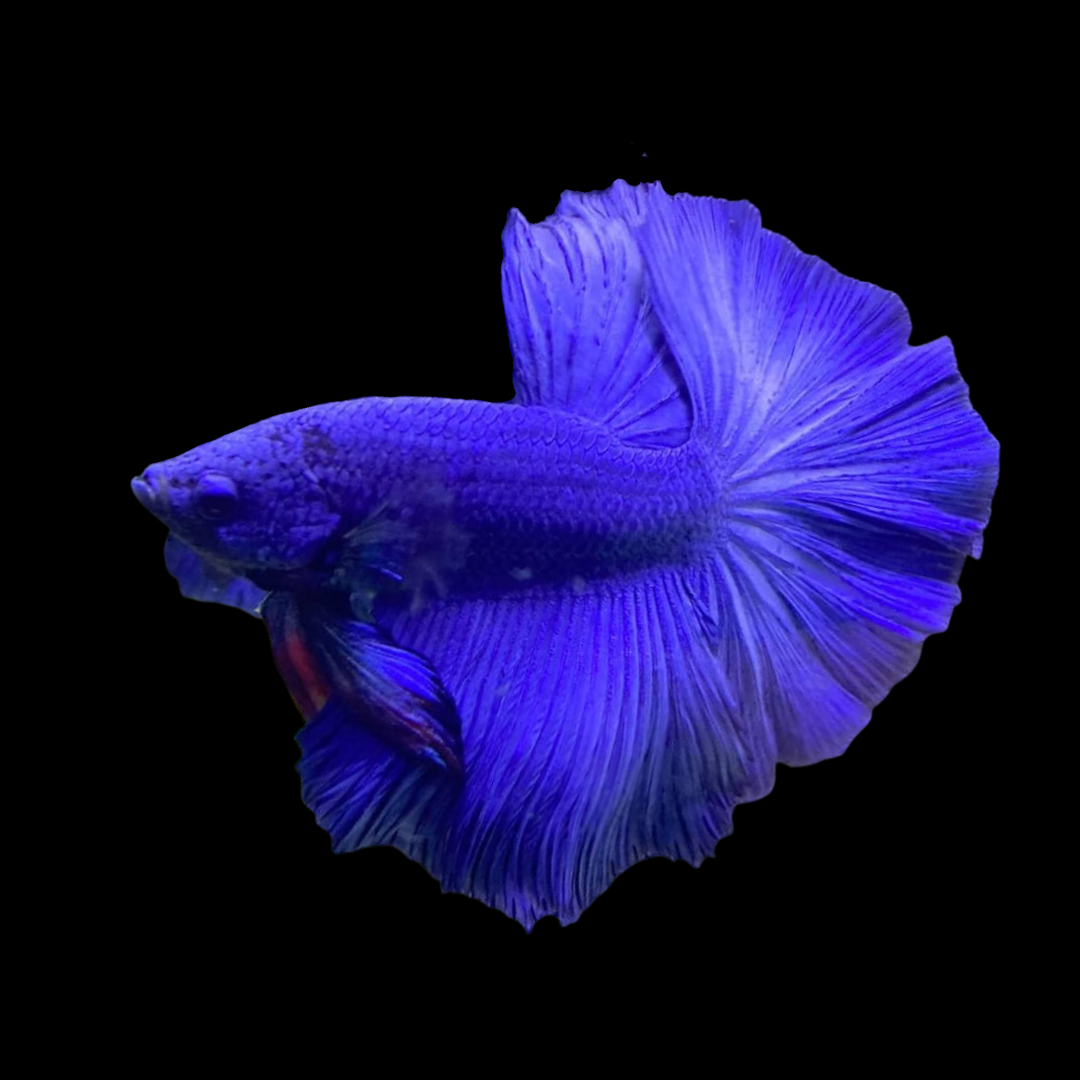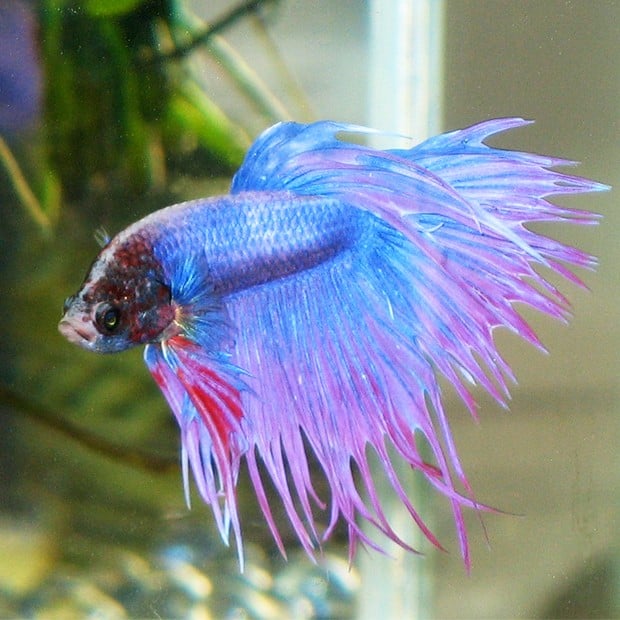Betta Fish Lifespan: How to Guarantee Your Betta Lives Longer
Betta Fish Lifespan: How to Guarantee Your Betta Lives Longer
Blog Article
Reproducing Betta Fish: a Comprehensive Step-By-Step Guide to Successfully Raising Child Bettas From Eggs to Their Adult Years
Reproducing Betta fish is a careful endeavor that needs cautious planning and execution to make certain the successful growth of fry from eggs to mature fish. Selecting genetically diverse breeding sets with preferable qualities is just the start; creating an ideal setting and understanding the ins and outs of the reproducing process are just as crucial. As the male Betta vigilantly constructs a bubble nest and guards the precious eggs, the succeeding stages of care and transition demand attention to information and understanding of finest practices. Just how does one browse the difficult yet fulfilling path of nurturing these dynamic animals to adulthood?

Picking Reproduction Pairs
When getting started on the trip of breeding Betta fish, selecting the right reproduction pairs is important to attaining desirable qualities and a healthy family tree - betta fish. The initial step in this procedure is to determine the particular traits you desire to boost or protect, such as shade, fin type, and physique. It is necessary to select genetically diverse sets to prevent inbreeding, which can lead to health and wellness issues and unwanted qualities
Examine potential breeding candidates meticulously. A healthy male Betta needs to display vivid colors, an energetic demeanor, and well-formed fins, while the woman ought to additionally display lively coloration and a rounded stomach, suggesting preparedness for spawning. Observing the temperament of both fish is crucial, as aggressive or excessively reluctant individuals might not reproduce efficiently.
Maintaining records of the parent fish's ancestry can aid you track genetic attributes and potential issues. Eventually, investing time in the choice procedure will substantially boost the likelihood of producing strong, dynamic offspring that meet your breeding goals.

Preparing the Reproduction Storage Tank
Producing an optimal reproduction setting is a crucial step after selecting ideal pairs for Betta fish. The reproduction storage tank ought to be especially made to supply comfort and boost the natural breeding actions of the fish. Begin with a tank size of a minimum of 10 gallons to make certain sufficient room for both the male and women Bettas.
Preserve a mild purification system to maintain the water clean while preventing strong currents that can worry the fish. Additionally, an air rock can be included in supply oxygenation without disrupting the water surface area way too much.
Temperature guideline is vital; aim for a steady variety of 78-82 ° F(25-28 ° C) making use of a trustworthy heater. The pH degree need to be maintained in between 6.5 and 7.5, and normal water changes are essential to guarantee high water top quality.
Incorporate floating plants or generating sponges to create concealing places for the lady, while also motivating bubble nest structure by the male - betta fish. Guarantee the container is free from sharp decorations and any type of potential dangers, as the well-being of the fish need to always be prioritized during this vital stage of reproduction.
The Reproduction Refine
Generally, the breeding process for Betta fish includes a series of unique and evident behaviors that suggest readiness for reproduction. The male Betta begins by building a bubble nest at the water's surface, which works as a site for the fertilized eggs. This nest is essential, as it provides a safe atmosphere for the eggs until they hatch out.
As soon as the nest is established, the male will present courtship behaviors, such as flaring his fins and showing dynamic shades to attract the lady. The woman, upon sensing the man's readiness, will react by showing upright stripes along her body, signaling her receptiveness.
The fed eggs then drop to the bubble nest, where the male very carefully gathers and returns them to the nest. Following this, the male assumes duty for protecting the nest and making certain the security of the eggs until they hatch out, generally within 24-36 hours.
Taking Care Of Betta Fry
Caring for Betta fry requires cautious interest to their setting and nourishment to make certain healthy and balanced growth and advancement. After hatching out, Betta fry are extremely tiny and at risk, demanding a stable and clean environment.
Feeding Betta fry is just as vital. Initially, they ought to be used infusoria or carefully smashed premium fry food, as their mouths are also small to deal with larger bits. As they expand, you can progressively present bigger foods, such as baby salt water shrimp or powdered navigate to this site flakes, to ensure they obtain ample nutrition. Feed them tiny amounts a number of times a day, bewaring not to overfeed, have a peek at these guys which can bring about water top quality issues.
Transitioning to Grownup Bettas
As Betta fry fully grown, transitioning them to grown-up Bettas is a crucial phase that calls for mindful monitoring of their atmosphere and social interactions. This process generally begins when the fry get to around 6 weeks old, at which factor they can be slowly introduced to a more organized living atmosphere.
To promote this shift, it is important to make certain that the water specifications-- such as temperature, pH, and ammonia degrees-- are optimal and secure. Adult Betta fish grow in warm water (around 78-80 ° F) with a pH of 6.5 to 7.5. Progressively accustom the fry to these conditions to lessen tension.
Social communications are another crucial element; man Bettas are notoriously territorial and hostile. For that reason, it is suggested to separate men into private tanks as they develop. Women Bettas can be housed together, however treatment should be required to monitor for indications of hostility.
In addition, dietary changes need to be made as the fry grow. Include premium pellets and live foods to sustain their development and health. By handling these variables effectively, you can advertise a successful transition to their adult years for your Betta fish.

Conclusion
Effective breeding linked here of Betta fish requires cautious attention to information throughout the entire procedure, from choosing genetically diverse pairs to offering optimal treatment for fry. Additionally, a balanced diet regimen and progressive adjustment to adult settings are crucial for the development and development of Betta fish.
Report this page